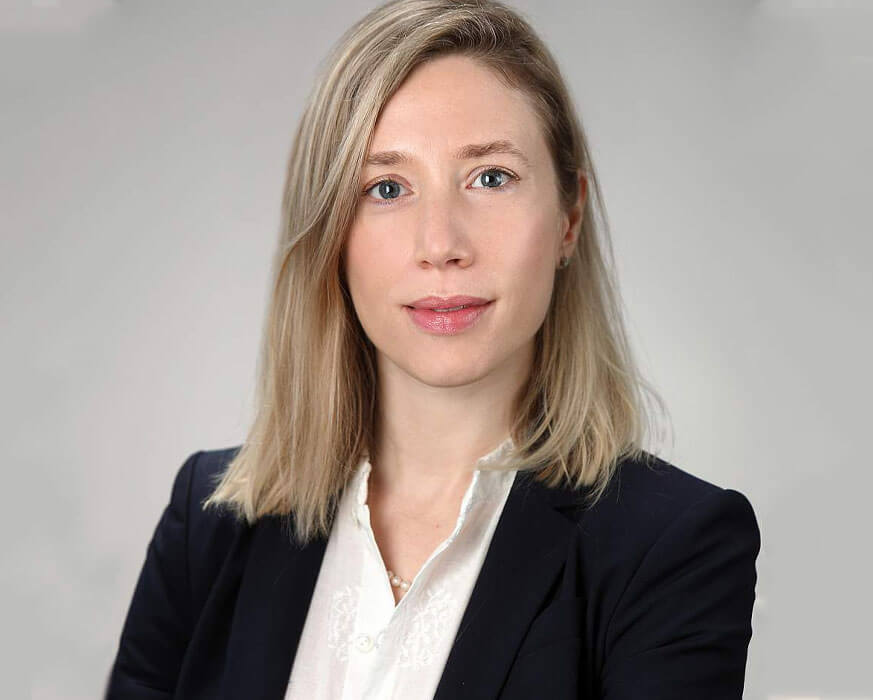Meeting the Moment: Highlights from the Second Annual HEAL Investigators Meeting and Future Directions for HEAL

Rebecca G. Baker, Ph.D., is the director of the NIH HEAL Initiative®. Read more about Dr. Baker.
Over the past momentous year, the HEAL Community faced trends in opioid use and overdose, research, and health care – opening doors to a more flexible and efficient future for HEAL research. We learned that many things are possible that didn’t seem so only a year ago.
These are key takeaways from the second annual NIH HEAL Investigator’s Meeting held last month in May 2021, which began with a poignant conversation about loneliness. NIH Director Dr. Francis Collins joined U.S. Surgeon General Dr. Vivek Murthy to speak about the impact of loneliness, chronic stress, and isolation on health, productivity, and happiness. This discussion spoke to our need to appreciate the vitality of social connections within the context of research and care. This concept echoed throughout several meeting presentations, suggesting that the old ways of doing research are not the only ways, and that novel approaches can help meet people where they are.
The opioid epidemic rages on – and the pandemic made things a lot worse. Millions have been faced with profound social isolation, fueling substance use disorders and worsening mental health conditions. Meeting sessions chronicled disturbing statistics about the rise in overdose deaths, particularly among the same populations most vulnerable to COVID-19. It’s also become clear that most people who use drugs take more than one drug, and our research needs to adapt to address this reality and connect people with treatment that works for them.
We are heartened that throughout the COVID-19 experience, scientists across the globe adapted research processes to be more efficient, due to modified policies, streamlined approvals, and innovative uses of technology. Many HEAL researchers spoke about changes in research practices that do not appear to compromise scientific rigor, and these can likely be retained going forward. Protocols were designed and funded faster, approvals came quicker, and various technologies enhanced recruitment and research activities. Out of necessity, payers adjusted their policies to expand access to many treatments for pain and opioid use disorder – including virtual versions of physical therapy, naloxone-delivery training, and other activities thought to be limited to in-person delivery. HEAL researchers conjured amazing creativity to meet people where they are: delivering naloxone at the beach, providing hotspots to individuals in prisons, and hosting virtual cooking sessions to build and sustain communities among research participants and researchers. Hybrid approaches offer the opportunity to honor patient preferences, grounding research in inclusivity and respect.
We heard from both HEAL researchers, patients, and others with lived experience that for many people, pain or opioid use disorder is but one of many different health conditions they experience. Creative study designs are investigating these overlapping issues that reflect real-world health scenarios not captured in traditional trial designs. Increasing quality of life for these individuals can decrease unhealthy behavior: essentially, focusing on strength and resilience rather than trying to re-direct individual problems. Digital therapeutics are centered upon this strategy.
A final concept that percolated throughout this year’s meeting is that mixing expertise and voices is important and effective for generating meaningful discussion. Many sessions co-featured talks by scientists and people with lived experience – livening conversation and allowing people to think in new ways about a problem. The power of diversity of thought shone through, and that is how we will ensure that HEAL results make a difference in the lives of the people and communities we aim to help.
If you did not have the opportunity to attend this year’s meeting, or want to watch sessions you missed, check out our meeting re-cap.
Looking forward to the coming year, HEAL is integrating these observations into plans for new research to address emerging trends and strengthened partnerships. The President’s budget requested a significant increase in HEAL research; these additional resources could enable several planned promising concepts for the coming years to occur more rapidly. Among the expansions being considered is research toward understanding the social determinants of health, polysubstance use, medication development, and human cell-based systems to accelerate discovery and validation of human pain therapeutic targets.
If we are fortunate enough to receive additional resources, HEAL could expand our collective efforts into vital areas such as coordinated and multimodal pain management in healthcare systems, advancing health equity for people with pain and addiction, cutting-edge data science, and research-adoption partnerships.
Please stay tuned for more information. And as always, share information about HEAL with your networks and remember that we want to hear from you. It just takes a quick email to HEALquestion@od.nih.gov.
 U.S. Department of Health & Human Services
U.S. Department of Health & Human Services
